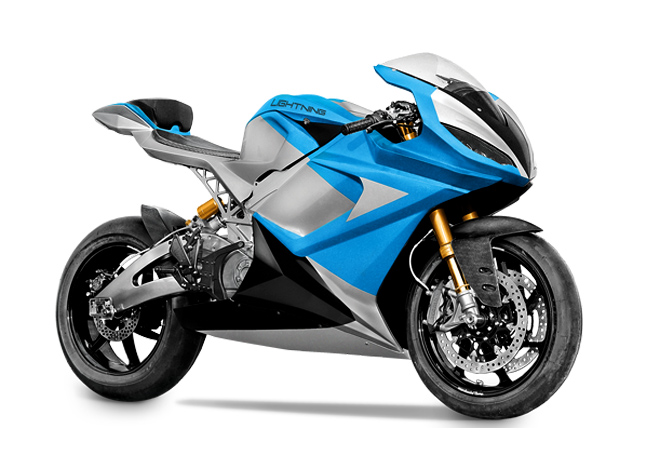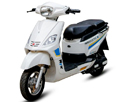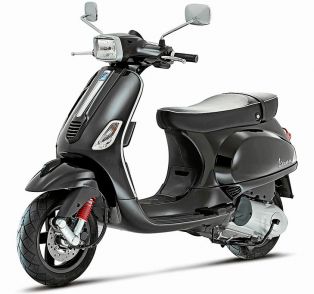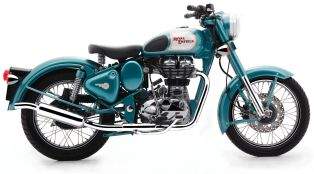 Honda Gold Wing which weighs around 357 kg, makes around 170 Nm of torque, Harley Davidson Fat Bob makes 145 Nm of torque and weighs in at 309 kg. Why we are telling you this, it’s because there is one electric superbike made by Lightning Motorcycles, Company based out of California, USA, which makes the world’s fastest electric motorcycle- The LS-218. The bike makes around 200 HP and that’s not even the most interesting part, the 227 Nm of earth-shattering torque is. Let’s learn a little more about the bike and understand what makes it so special.
Honda Gold Wing which weighs around 357 kg, makes around 170 Nm of torque, Harley Davidson Fat Bob makes 145 Nm of torque and weighs in at 309 kg. Why we are telling you this, it’s because there is one electric superbike made by Lightning Motorcycles, Company based out of California, USA, which makes the world’s fastest electric motorcycle- The LS-218. The bike makes around 200 HP and that’s not even the most interesting part, the 227 Nm of earth-shattering torque is. Let’s learn a little more about the bike and understand what makes it so special.Battery and Power Train:
The battery is available in 3 sizes a 12, 15, and 20 kWh pack, all of these pushes out 380V and have a range of 100, 120 and 180 miles/full charge. There is no transmission in the bike so all of the power is transferred through a direct drive. Due to the absence of cogs, at any given time almost 200 HP is available at the wheel. The main challenge while designing the powertrain was to manage 227 Nm of torque, being available virtually after 0 RPM, acting on a 225 kg motorcycle.
RELATED ARTICLE: Why You Should Consider Electric Bike?
 The torque number is so high that it mortifies the grunt available in Kawasaki H2 and Yamaha R1, both of which are among the fastest motorcycles in the whole planet. The solution had 2 parts. First, since the bike only had 1 gear which stretched from 0 km/h to 350 km/h, most of the thickness of torque was diluted over this long range. Then the Second solution came into play because the first one alone wasn't able to reduce fatal tyre spins. What they did this time was to map the ECU to offer only 30% of the grunt with 60% of throttle twist and the rest 70% was delivered at the end 40% throttle twist.
The torque number is so high that it mortifies the grunt available in Kawasaki H2 and Yamaha R1, both of which are among the fastest motorcycles in the whole planet. The solution had 2 parts. First, since the bike only had 1 gear which stretched from 0 km/h to 350 km/h, most of the thickness of torque was diluted over this long range. Then the Second solution came into play because the first one alone wasn't able to reduce fatal tyre spins. What they did this time was to map the ECU to offer only 30% of the grunt with 60% of throttle twist and the rest 70% was delivered at the end 40% throttle twist.Still, if you were to twist the whole throttle, all of the 227 Nm of torque will instantly become available at the rear wheel.
Charging time:
For a full charge using a DC Charger, the battery takes around 30 mins. For the same using a Level 2 charger, it will take around 120 minutes. The battery charges on the GO via Regenerative braking, which is programmable. Higher the engine braking more will be the charge received by the battery.
Suspension and Brakes:
At the front, the bike uses Race-tech forks which are upgradable to Öhlins by shelling out some extra bucks. The forks are upside down and use the NIX30 cartridge as internals and the surface is coated with TiN. The suspension is fully adjustable for preload, compression and rebound. At the rear, we have Öhlins TTX36 Shock and linkage system, which are adjustable for ride height, preload and low compression and rebound. For effective braking, the bike uses twin radially mounted 4-piston calipers which act on 320 mm Brembo discs.
RELATED ARTICLE: Ethanol Vs Electric Motorcycles- Battle Between Renewable Fuel Sources
The 218 in the bike’s name defines its top speed, which it achieved at the Bonneville flat salts. Lightning’s racing team also proved their prowess at Pikes Peak, when they won the hill climb race with rider Carlin Dunne commandeering the Electric Superbike. The company also has plans for a 600 cc electric equivalent in the future. Cycle World’s Zack and Ari have also tested LS-218 against a Kawasaki H2. The electric powerhouse just fell short under a second of Kawasaki’s H2 quarter mile time. Still, it goes to show how a technology with just 10 years of R&D can match with IC engines which have had a 100 years of room for development.
By: Yetnesh Dubey











